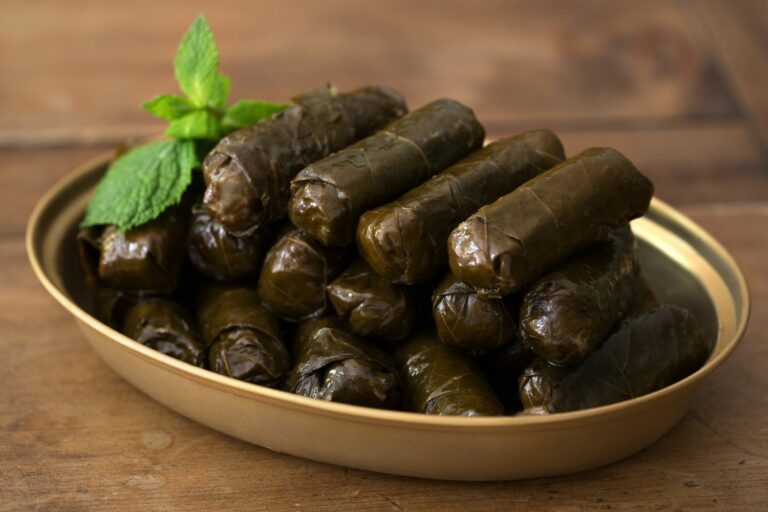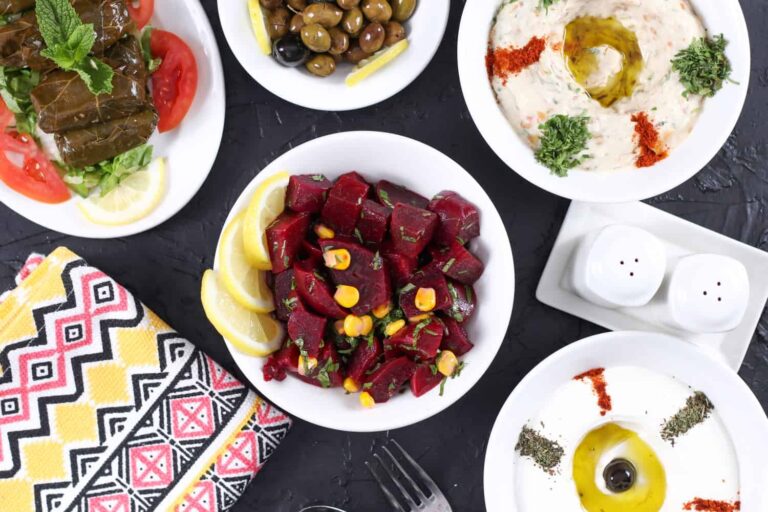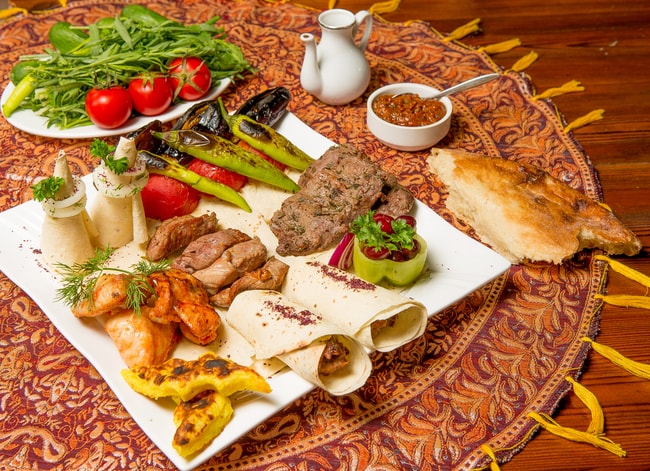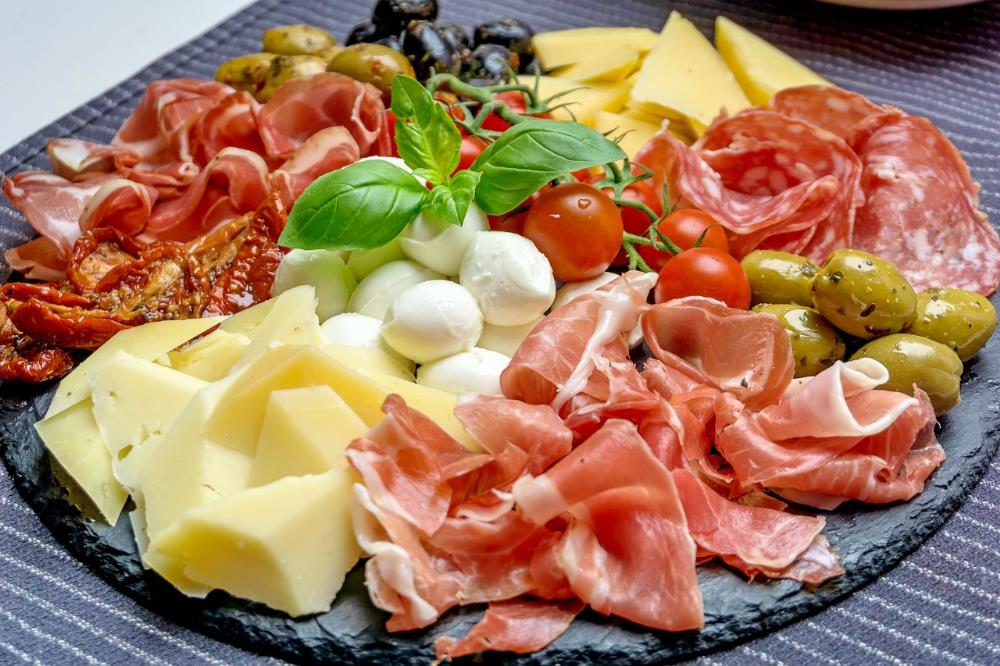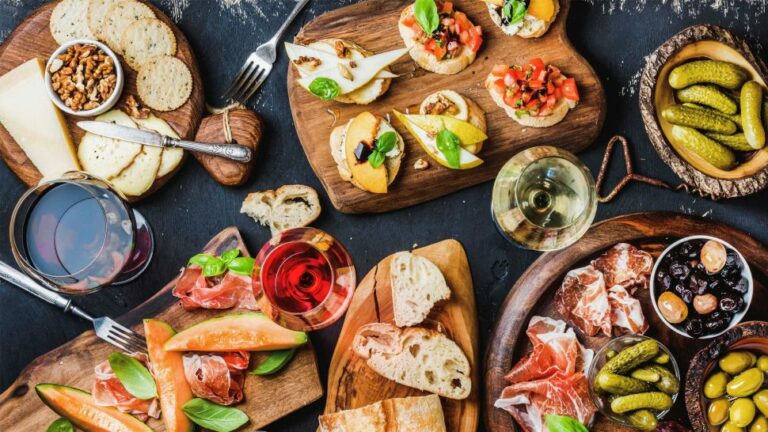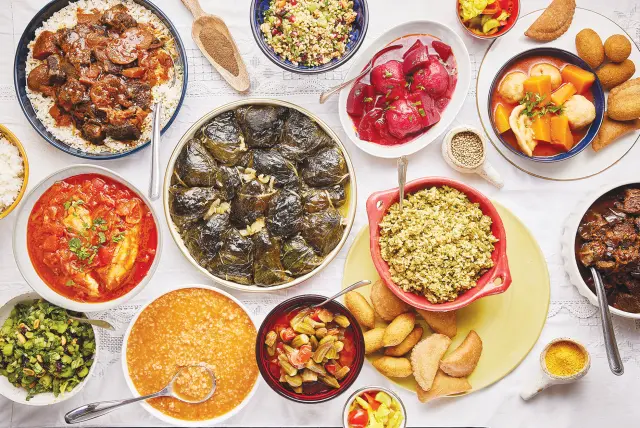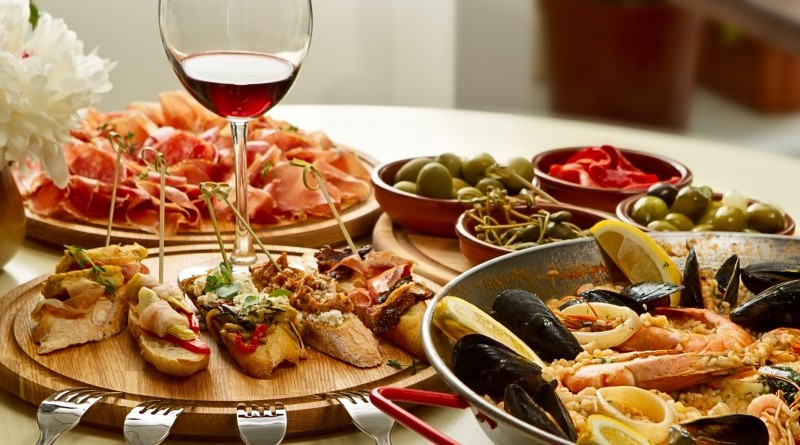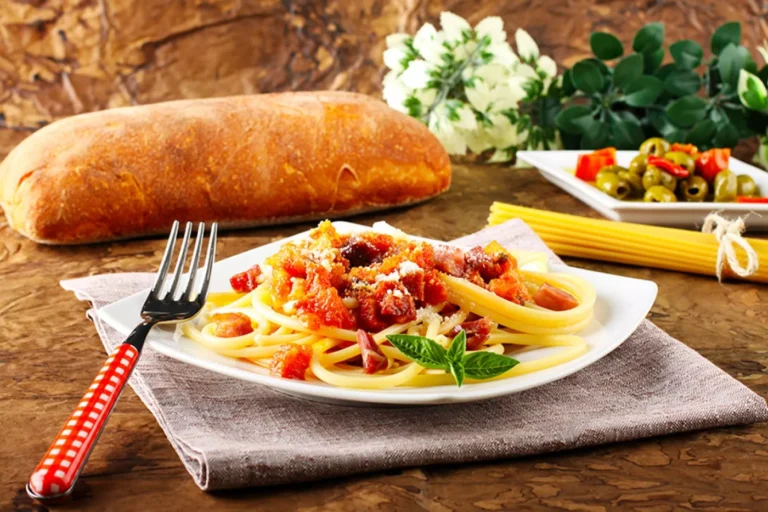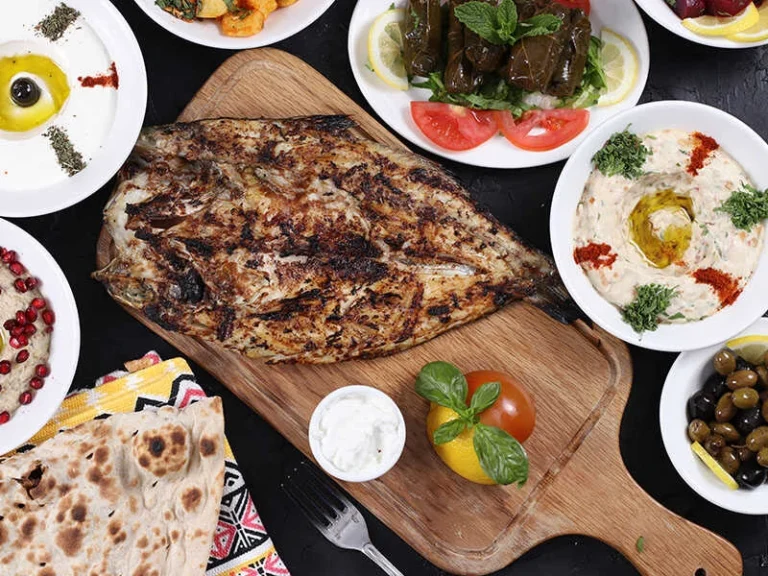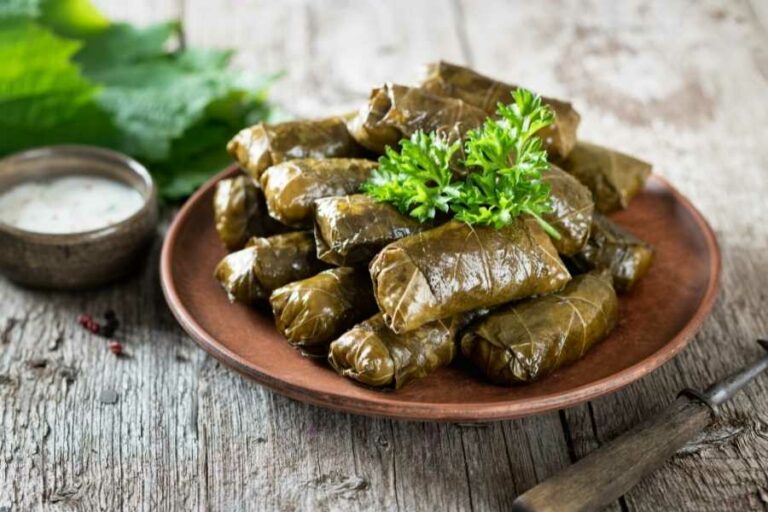Introduction: Exploring the Origins of Iraqi Cuisine
Iraqi cuisine is known for its rich and flavorful dishes that are influenced by various cultures and traditions of the region. Iraqi cuisine has been shaped by the historical and cultural interactions of the country, which has been a crossroads for civilizations and cultures for centuries. It is not surprising to see the influence of Persian culture in Iraq, considering the long history of interaction between the two countries. This article explores the extent of Persian influences in Iraqi cuisine.
Historical Background: Persian Influence on Iraqi Cuisine
The influence of Persian culture in Iraqi cuisine can be traced back to the ancient times when the Persian empire ruled over Mesopotamia, which is modern-day Iraq. During this time, the Persians introduced new ingredients and techniques that have since become an integral part of Iraqi cuisine. The Persians also brought with them a rich culinary tradition that was influenced by the cuisines of various cultures that they had conquered.
The Persian influence on Iraqi cuisine was also felt during the Abbasid period, when Baghdad was the center of intellectual and cultural life in the Islamic world. The court of the Abbasid caliphs was renowned for its lavish banquets, which featured dishes that were infused with Persian flavors and techniques. The Persians were also known for their love of rice, which has become a staple in Iraqi cuisine. The Persians introduced several rice-based dishes, such as biryani and qurma, which have become popular in Iraq.
Ingredients and Techniques: Common Persian Elements in Iraqi Dishes
Persian influence on Iraqi cuisine is evident in the use of certain ingredients and cooking techniques. One of the most common Persian ingredients used in Iraqi cuisine is saffron, which is used to flavor rice dishes. Other Persian ingredients that have become popular in Iraqi cuisine include pomegranate, rose water, and dried limes. These ingredients are used to add depth and complexity to the flavors of Iraqi dishes.
Persian cooking techniques have also influenced Iraqi cuisine. One such technique is the use of slow cooking, which is used to make stews and soups such as qurma and ash. Another technique that is commonly used in Iraqi cuisine is the use of a clay oven, which is used to bake bread such as naan and lavash. These techniques have become an integral part of Iraqi cuisine, thanks to the Persian influence.
Culinary Traditions: Persian-Inspired Iraqi Recipes
The Persian influence on Iraqi cuisine is evident in the many traditional dishes that are still popular in Iraq today. One such dish is dolma, which is a stuffed vegetable dish that is popular in both Persian and Iraqi cuisine. Another dish that is popular in both cuisines is kofta, which is a type of meatball that is flavored with spices such as cumin and coriander. Iraqi biryani, which is a rice dish that is flavored with saffron and topped with meat, is another example of Persian-inspired Iraqi cuisine.
Regional Variations: Persian Flavors in Iraqi Kitchens
The extent of Persian influence on Iraqi cuisine varies across different regions of Iraq. In the south, for example, there is a strong Persian influence on the cuisine due to the historical interactions between the two regions. In the north, on the other hand, Turkish and Kurdish influences are more prevalent. However, even in the north, there are still dishes that are influenced by Persian cuisine, such as qurma and biryani.
Conclusion: Tracing the Persian Roots of Iraqi Food
In conclusion, the Persian influence on Iraqi cuisine is evident in the ingredients, techniques, and dishes that are still popular in Iraq today. The long history of interaction between the two regions has resulted in a rich and diverse culinary tradition that has been shaped by various cultures and traditions. The Persian influence on Iraqi cuisine is just one example of the many cultural influences that have contributed to the richness of the cuisine of the region.

